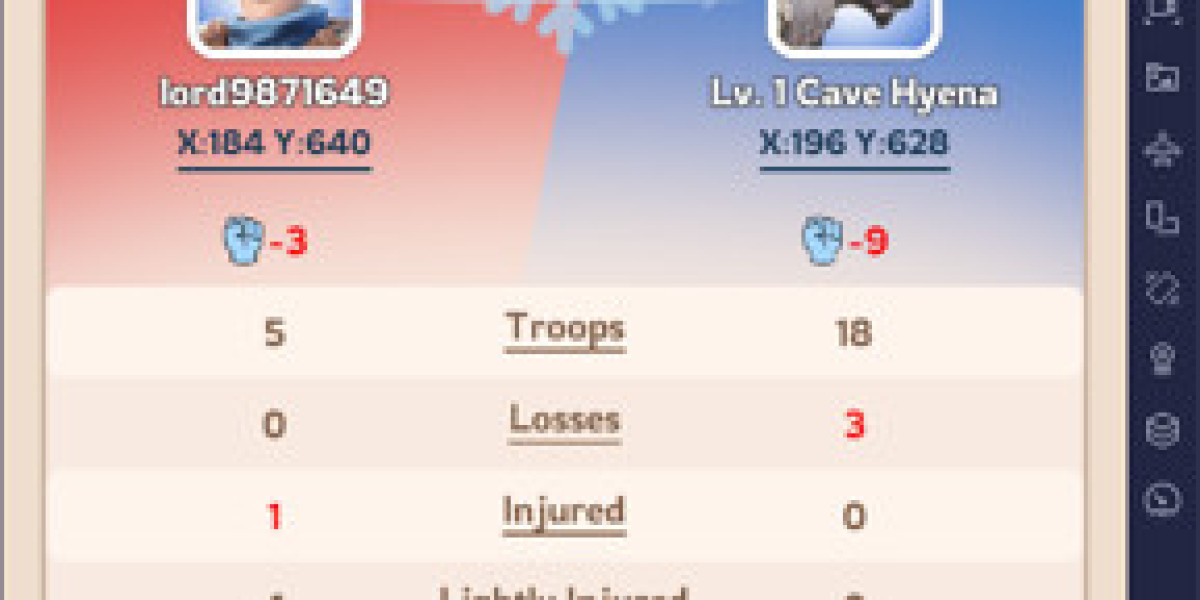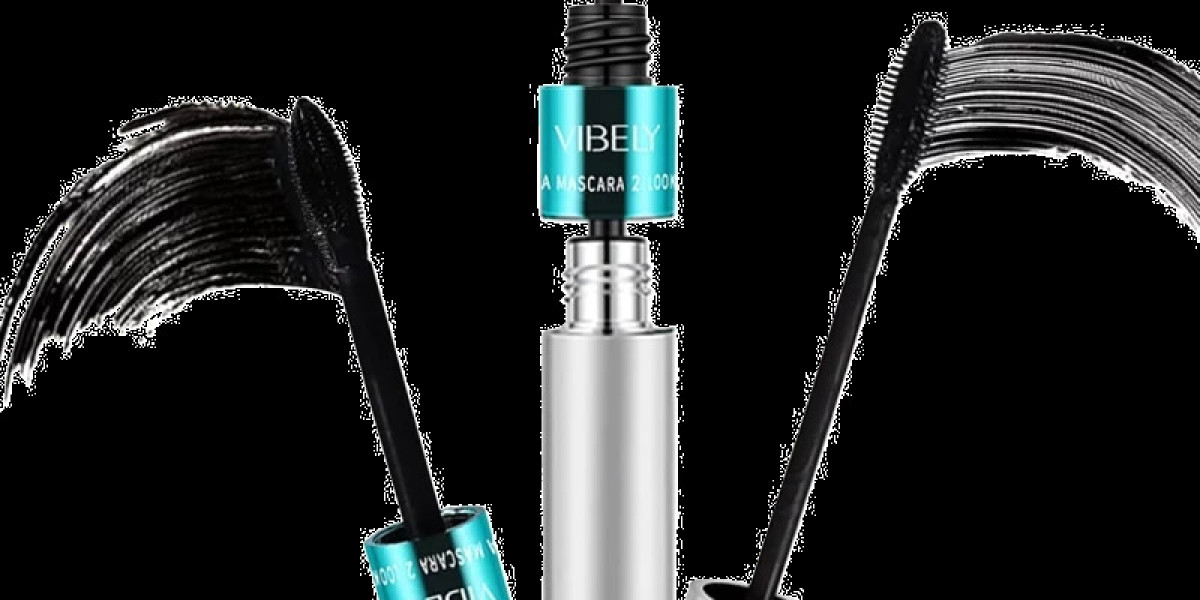A Mechanical Expand Chuck is an essential tool widely used in various industries that handle roll materials, such as paper, film, foil, textiles, and flexible packaging. Positioned at the core of unwinding and rewinding systems, it plays a critical role in providing secure and stable grip on cores during high-speed rotation, ensuring efficient material handling throughout the production process.
The mechanical expand chuck operates through a purely mechanical expansion system, usually actuated by the movement of the machine shaft or manual tightening. As torque is applied, expanding elements—often jaws, lugs, or leaves—engage the core’s inner diameter, creating a firm and centered grip. This design enables accurate core holding and alignment, reducing slippage and vibration during rotation.
One of the key advantages of using a mechanical expand chuck is its reliable performance across different core materials and dimensions. Whether dealing with cardboard, plastic, or metal cores, these chucks maintain their grip and stability even under heavy loads and continuous operation. They are often designed for high torque transmission, making them suitable for both light and heavy-duty applications.
Durability is another defining feature. Built from robust materials such as hardened steel or treated aluminum alloys, mechanical expand chucks are engineered to withstand harsh industrial environments. Their simple mechanical structure requires minimal maintenance and can endure extended operational cycles without significant wear. This translates to reduced downtime, consistent production, and long-term cost efficiency for manufacturers.
The installation and operation of a mechanical expand chuck are straightforward, which is especially beneficial in settings where frequent core changes are necessary. Many designs offer quick-lock or self-centering capabilities, making it easier for operators to switch cores with minimal manual adjustment. This ease of use contributes to smoother workflow and greater productivity.
From a design standpoint, mechanical expand chucks are available in a range of configurations to accommodate different core sizes, widths, and load capacities. Some are designed for single-shaft systems, while others can be integrated into dual-shaft or turret systems for automated operations. The choice of design often depends on the type of material being processed, machine specifications, and operational requirements.
Mechanical expand chucks are not just limited to standard production lines. They are also widely used in specialty applications such as slitting, laminating, coating, and printing, where precise material control is critical. In such processes, maintaining core stability and rotational accuracy ensures the final product meets quality standards and reduces waste caused by core misalignment or tension issues.
Another important benefit of the mechanical expand chuck is its adaptability. Some models are equipped with adjustable expanding segments that allow operators to handle various core diameters without the need for multiple chucks. This versatility helps reduce tooling costs and improves flexibility when switching between production formats or customer specifications.
Safety is also a consideration in chuck design. Mechanical expand chucks provide secure engagement without the need for compressed air or electrical actuation, reducing the risk of malfunction or operator error. This simplicity adds to the overall safety and reliability of the production line.
When selecting a mechanical expand chuck, it is important to consider factors such as the weight of the roll, core material, required torque, machine speed, and frequency of core changes. Matching the chuck to your specific application ensures optimal performance and longevity. Consulting technical specifications and seeking support for custom adaptations can further improve efficiency.
As industries continue to prioritize precision, uptime, and adaptability, the role of mechanical expand chucks remains significant. Their reliable performance, simple operation, and compatibility with modern converting systems make them a valuable component in achieving stable and efficient roll handling across diverse manufacturing environments.








